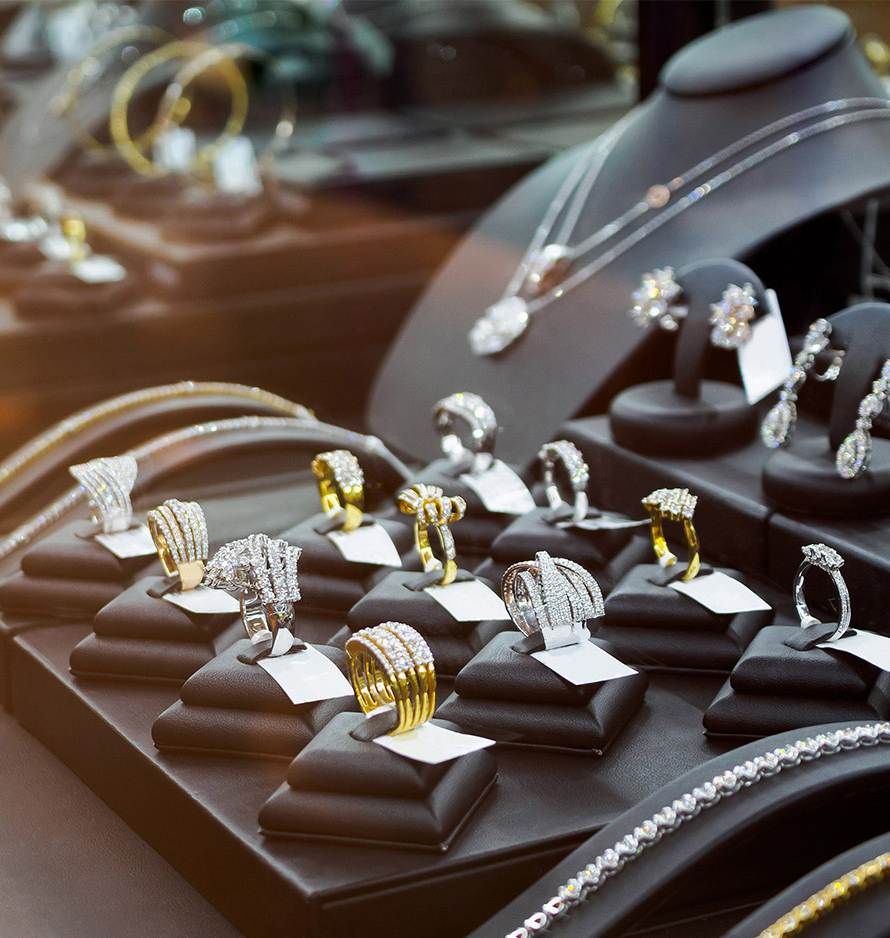When the price of everything from gas to groceries has increased dramatically, there’s plenty to be anxious about, especially as you prep for the fourth quarter. But the industry isn’t in full panic mode—yet.
You’re feeling it. Customers are feeling it. The state of the economy, fraught with rising prices and interest rates, is weighing you down in the middle of the holiday season.
How does inflation affect consumer spending? How will it affect your bottom line? What can you do to mitigate losses? How do you move product when everyday expenditures like gas and groceries are through the roof? We asked retailers and industry analysts to offer answers to these questions and more.
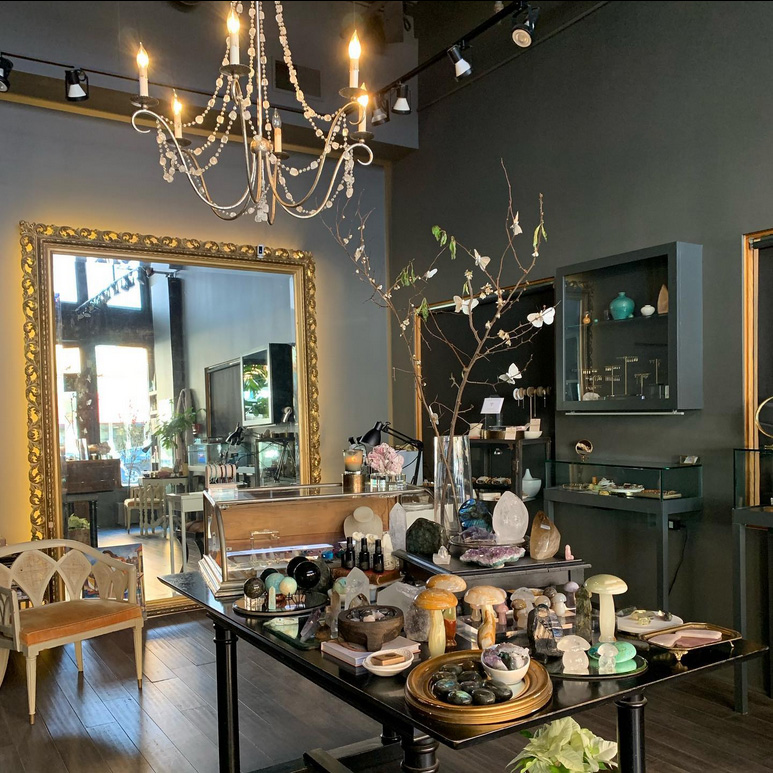
A Look Back
To start, let’s put the current economy in context. Is the situation as dire as the financial crisis of 2008, which triggered a massive recession that industry people still talk about?
Not by a long shot, says Paul Zimnisky, a New York City–based diamond industry analyst. “That was a banking, credit, and mortgage crisis,” he tells JCK. “At the moment, banks are not distressed and the housing market, while volatile, is not on the brink of a collapse, based on my analysis. The economy and the American workforce are resilient, but all of this volatility can give you vertigo.”
That said, protecting margins is important and affects how you should price this season’s stock. “Luckily, jewelry is a luxury item, so in general consumers are less sensitive to price changes,” Zimnisky says. “This becomes more apparent at higher price points, but in general this holds true with luxury.”
Feeling the Burn
OK, so it’s not 2008-bad. Even so, “the impact of inflation will likely be passed along all the way through the supply chain,” Zimnisky says.
And what, exactly, does that mean for retailers?
“Everything is more expensive in 2022,” says Anne Russell, executive vice president of Hamilton Jewelers, which has locations in New Jersey and Florida. “One recent example is the costs to publish our in-house Hamilton Accent magazine. The newest edition was at least 20% more expensive to produce, from paper to postage.”
Tiffany Bayley, owner of Avalon Park Jewelers in Orlando, Fla., says inflation has impacted the cost of custom work, the melee she uses for repairs, even lunch. “I treat my staff to lunch two to three times a week,” she says. “For four to five people, lunch used to run about $50–$65. Now it’s always over a hundred. Those numbers will add up at the end of the year.”
As a bench jeweler, Derek VanVlerah of Bolenz Jewelry in Alpena, Mich., recently received a cost-of-living raise. “The cost of my time on jobs has gone up, so the customer is paying more for labor,” he says.
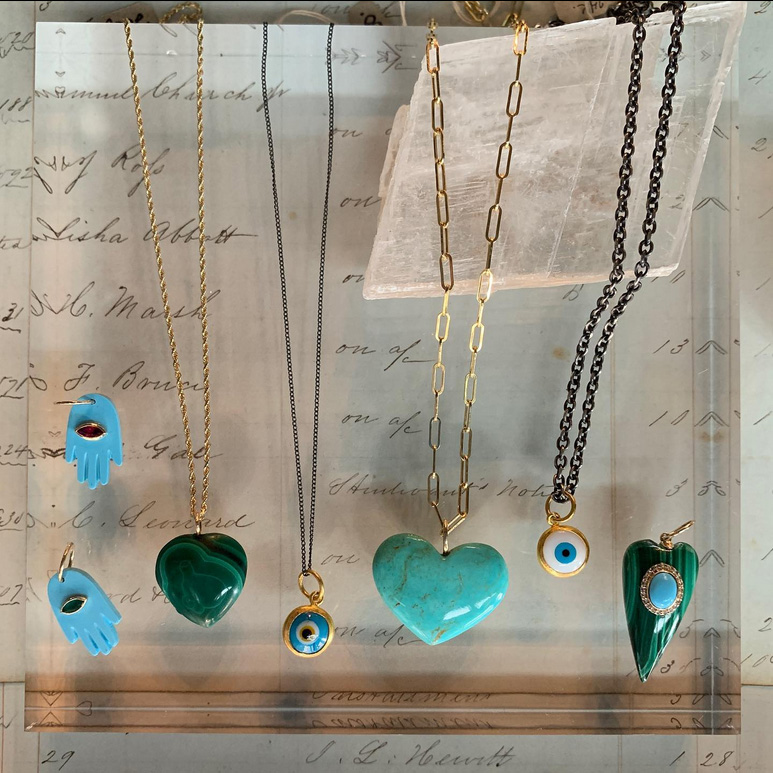
Debbie Klein, owner of Art & Soul, a jewelry gallery in Boulder, Colo., says the cost of labor is her biggest concern. “My retail sixth sense tells me that it’s going to be a long winter,” she tells JCK. “I had a staff turnover last January and had to raise my starting rate in order to be competitive. To be fair to my existing staff members, I had to raise their pay rates as well. With my increase in labor combined with the price increase in all of our supplies, packaging, and shipping, it won’t take much to tip the balance.”
For any jewelry business, controlling costs is a vital step toward staying afloat in an inflationary environment. Regarding labor costs, David Cochran, president and CEO of Manufacturing Jewelers & Suppliers of America (MJSA), cautions against permanent wage hikes to cover temporary price increases because “wage and salary increases are hard to rescind,” he says. “I favor bonuses and incentive-based compensation, which floats with conditions.”
One often overlooked suggestion is to take a hard look at your overhead expenses. “It is a rare company that can’t save 5%,” Cochran says. “I’ve learned that examining every line item can yield meaningful savings. Every company benefits from a scrounger and a negotiator.
“Sometimes just asking for a lower price works,” Cochran adds. “Other times, getting three quotes does the trick. Whether it’s bottled water, alternative energy suppliers, maintenance costs, lease savings, or tax abatements, the savings can be substantial.”
Navigating Price Increases
The cost of goods has gone up at virtually every stage of the supply chain. “For instance, a prominent diamond miner recently said that their explosive costs are up over 80% year-over-year,” Zimnisky says.
In the retail trenches, costs of materials like melee, chain, and findings as well as designer collections are up 5%–10%, according to retailers. Most business owners that JCK spoke with said they are proceeding with their usual markups, but not without anxiety.
“When a designer increases their prices, we re-price our current stock to be in line with theirs,” says Klein, whose store carries brands such as Alex Sepkus and Atelier Zobel. “Most of my designers have increased their prices over the past year to a varying degree, but a small increase for them can often put an item into a different price category, making it seem like a large increase.”
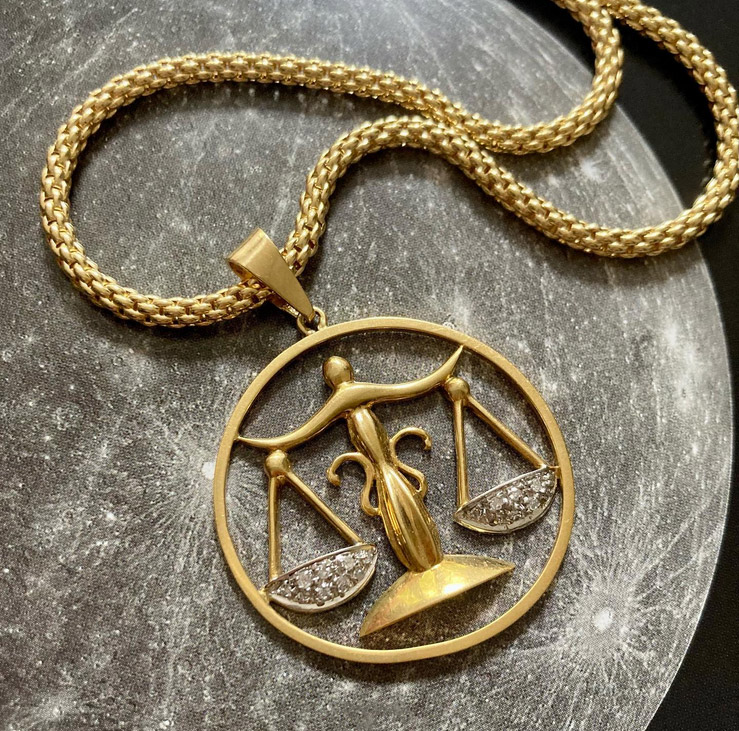
It’s the same for Harvey Rovinsky, owner of Bernie Robbins, which has multiple locations in New Jersey. With nonbranded jewelry, “we adjust the pricing to the market, but will discount heavily if we are looking to move the merchandise.”
Not every supplier or designer is automatically passing on inflationary cost increases to retailers, according to MJSA. “It’s largely dependent on each company’s individual circumstances, including their margins by product, tolerance for reduced margins, whether they are selling from existing inventory or newly manufactured goods, the strength of their customer relationships, the position their competitors have taken, among other considerations,” Cochran says.
But price-increase policies that vary from vendor to vendor can strain retailer/supplier relationships. And according to Andrea Hill, president and CEO of Hill Management Group, which specializes in the jewelry, luxury, and lifestyle business sectors, it’s not necessarily inflation that’s causing the tension. Rather, “it’s poor relationship dynamics,” she says.
“Much like a marriage may seem fine until a teenager starts acting out, inflation pushes buttons that a weak relationship isn’t prepared to deal with,” Hill explains. “A rational person knows that we are all dealing with cost increases right now, so if relationships are strong, nobody is tempted to feel personally attacked or slighted when prices are raised. But if a retailer is not already dealing with trusted suppliers or is shopping across a few hundred suppliers and not concentrating their relationship power, then those relationships weren’t strong to begin with and will likely become weaker under the pressure of price increases.”
Customer Response
On a macro level, Zimnisky says his research and analysis suggest that “consumer spending on sub-$500 price point merchandise has clearly declined,” an indication that low- to moderate-income Americans are tightening their belts.
But for people who are in stores, or shopping for jewelry online, inflation does not seem to be top-of-mind, retailers tell JCK. The most common explanation: Consumers have grown accustomed to price increases in their everyday lives, so the price for a jewel that was $999 last year and is now $1,048.95 doesn’t feel like highway robbery.
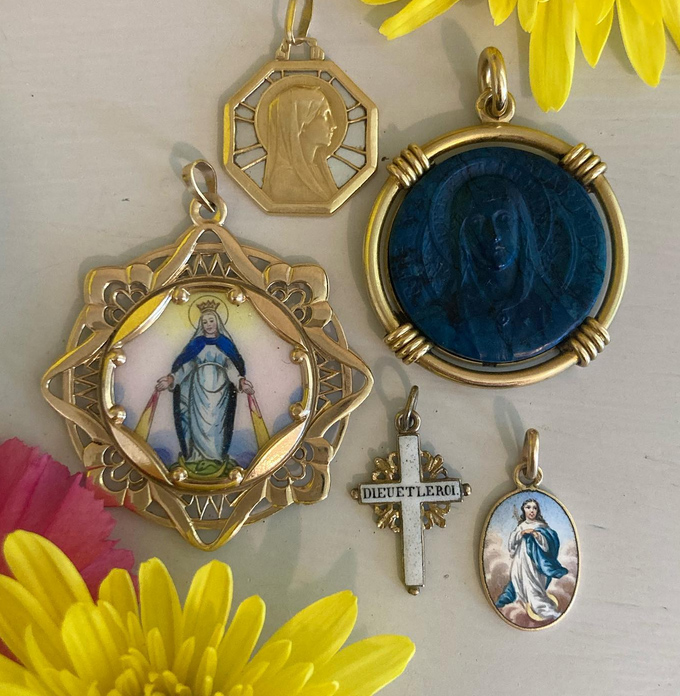
“I’m finding that our customers really want unique pieces that not everyone is selling or seeing elsewhere,” says Laura Kitsos, owner of Gem Jewelry Boutique in Oak Park, Ill. “They are willing to pay the appropriate price for something special like that.”
Rovinsky at Bernie Robbins—whose branded lines include Roberto Coin, Rolex, Marco Bicego, David Yurman, Hearts On Fire, and Shy Creation—says he hasn’t noticed any price resistance among customers. Year-over-year price increases have “not impeded our sales or consumers’ preferences and purchasing behavior.”
Moving—and Pricing—Tired Inventory
If sales are slow during this tricky economy, you could end up with dead stock—and you need to clear the decks for fresh holiday merchandise. What then?
“I have heard a lot of jewelers say they are not raising their prices on old inventory,” Bayley says. “They better! We are all going to be spending more this year on everything. You have to raise your prices. The money has to come from somewhere. It can’t be from your profits.”
If it’s a piece that is made to order (and reorder), some jewelers are adjusting their pricing to account for current gold prices and what the market will bear. If it’s a one-of-a-kind, they keep the legacy price intact in the hopes of moving the item. “You lose the opportunity to have an increased margin on that particular piece, but cash in hand is better than an old piece in the case, and you will make a few extra dollars on the more current work,” Klein says.
Meanwhile, Bayley suggests putting the unsold goods up for sale under another business name online (i.e., Etsy). “This prevents my customers from becoming upset that they were not offered that price,” she says. “I also ship it to other stores to sell at full retail, which allows them to benefit from the profit and I don’t lose on my investment.”
A number of stores offer layaway plans, where customers pay for their jewelry over time. Diane Richardson of The Gold Hatpin has a brick-and-mortar store in Oak Park, Ill., and also does brisk business on Instagram. “I often suggest layaway when I get a sense that the customer is on a tight budget, which frequently helps to make the sale,” she says.
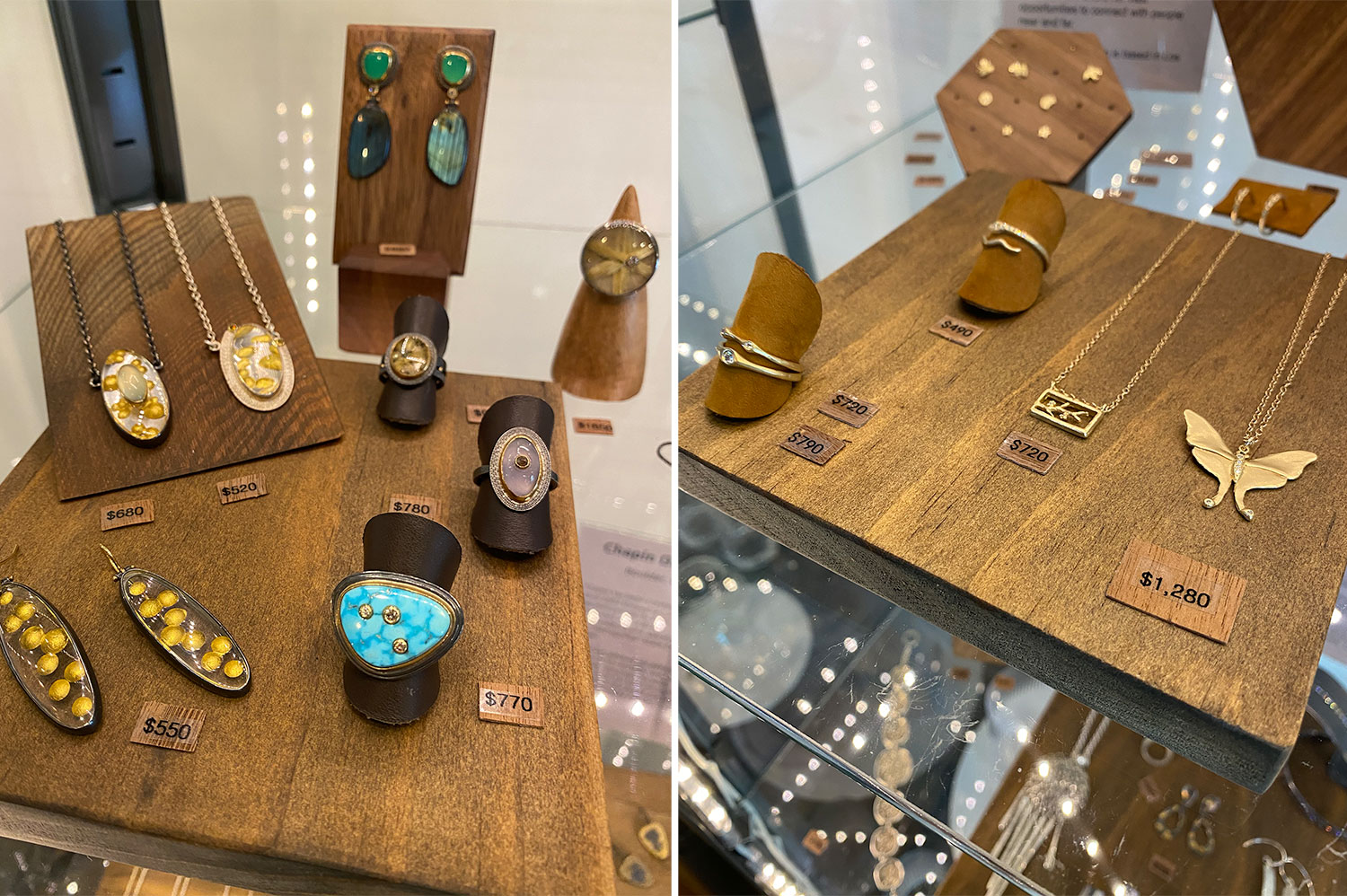
Visible Pricing
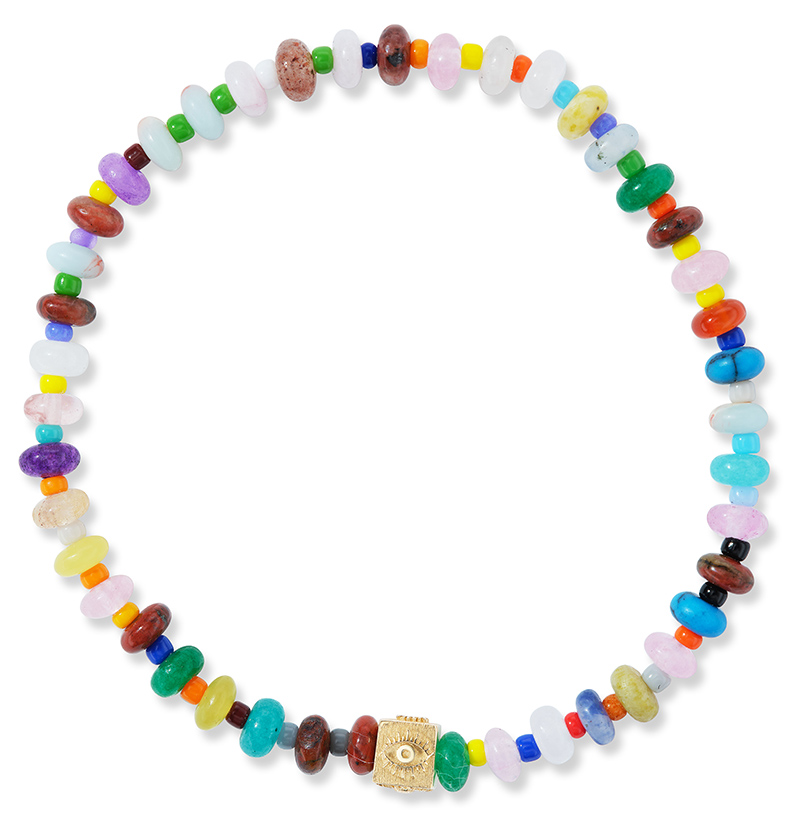
Besides finding ways to cut costs internally, various retailers report that making price tags visible in the case is a selling strategy that has worked for them.
“We are combating that old adage, ‘If you have to ask, you can’t afford it,’” says Jamie Hollier, owner of Balefire Goods in Denver. “Some people are intimidated by jewelry shopping, so having transparency allows people to feel more comfortable with the process and to feel like we are not trying to hide anything.”
Hollier thinks stores may hide prices in the belief that the customer will fall in love with the piece first and then purchase, or that they can more easily upsell when prices aren’t visible. “We find it is actually easier to create a loyal customer and upsell when the customer perceives that we aren’t wasting their time by showing pieces that are just not attainable.”
Other retailers take a different approach to displaying prices.
“The tags make the case look a mess,” says Bob Goodman, co-owner of Robert Goodman Jewelers in Zionsville, Ind.
Bayley, too, falls in this camp: When all of your prices are visible, “it looks like a Costco,” she says. “But you should select two to three items from each case that have great perceived value and show the price. Even if a customer is ‘just browsing,’ they will have a different perception of your inventory. Having great-looking stock is one thing. Having great-looking stock that customers perceive to be affordable is another.”
For Klein, not showing prices gives staff the opportunity to explain to a client why something costs what it does in terms of material or labor or both. “I do have a few cases in my store where I display lower-end lines, especially for holiday,” she adds. “A tag flipped over here and there shows that we do have a variety of price points available.”
When it comes to selling on Instagram, “I don’t know why more sellers don’t post prices,” Richardson says. “For a long time, I had thought there was some unwritten rule that Instagram wants the site to be social instead of salesy. I think seeing the price without having to request it helps the customer consider her purchase without embarrassment and removes that extra step in her busy life of having to request and then wait for the answer.”
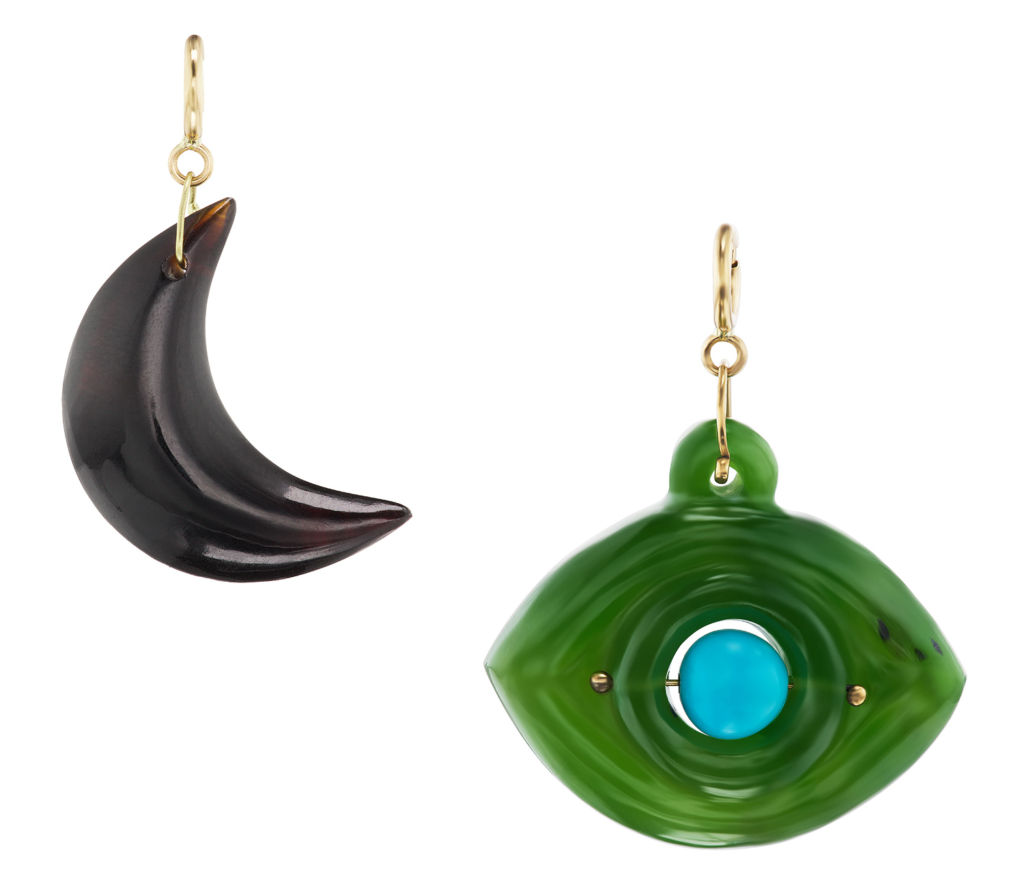
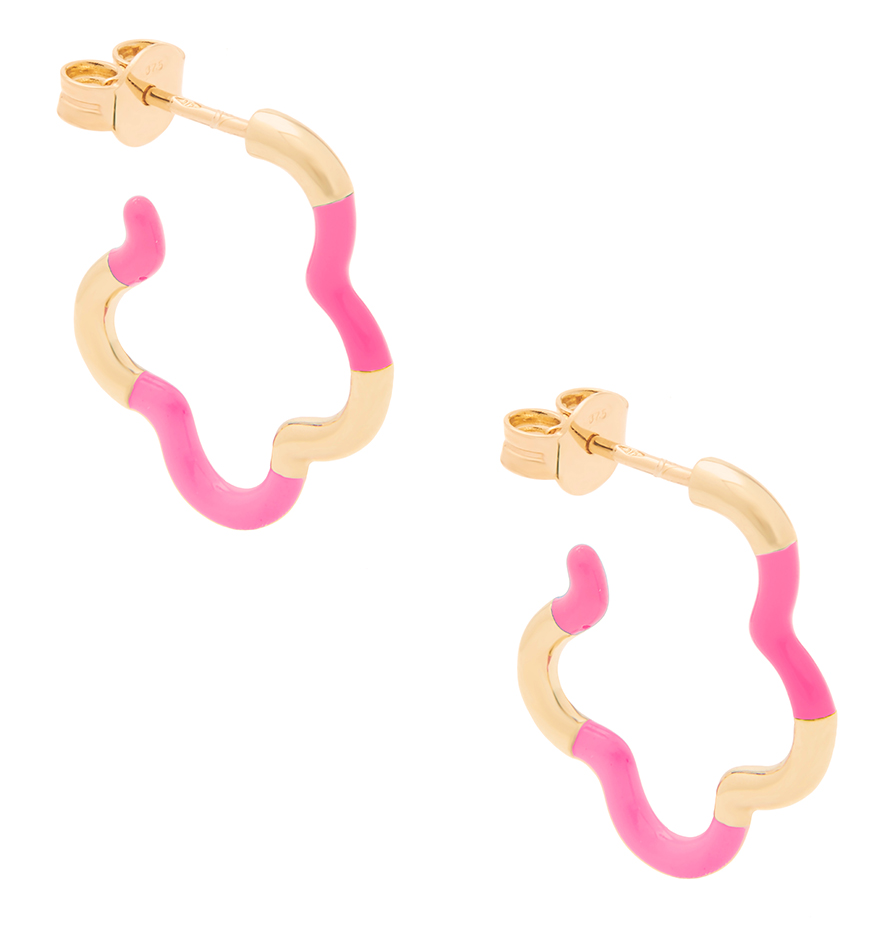
More Ways to Increase Margins
Ahead of an inflation-plagued holiday season, some retailers say the key to improving margins hinges on curating the perfect mix of big-ticket items and price-point purchases that are snapped up quickly—and often.
“The sweet spot is between $250 to $1,250,” Kitsos says. “We are doing well with Celine Daoust, Pascale Monvoisin, Gigi Clozeau, and Petite Baleine, mostly in yellow gold.”
At Muse x Muse, located in New York City on an upscale block in Manhattan’s West Village, owner Jennifer Shanker, who also heads an adjacent showroom by the same name, says she and her team will focus on “maintaining an interesting assortment of quirky collectibles for quick neighborhood needs or spontaneous splurges”—including midcentury modern vases, custom candles, and colorful cashmere. Shanker says accessibly priced jewels by designer Bea Bongiasca fit the bill. “The carved heart, moon, and eye charms from Ten Thousand Things are also well priced, as are the gender-fluid beads from Luis Morais.”
The Road Ahead
Perhaps the best advice for navigating this inflationary holiday season comes from Hill. Try tuning out the news for awhile, she advises. “Inflation has always been a part of economies and it always will be,” she says. “It will pass, and in the process, some businesses will get really smart and sharpen their saws, other businesses will flounder through it, and still others will not be able to survive.
“In all those cases,” Hill adds, “the outcomes will be driven by the underlying strength and characteristics of the business, and not by inflation itself.”
Top: Getty Images
